The Belated MBT
As the Type 16 Maneuver Combat Vehicle (MCV) increases its numbers, the obsolete Type 74 tank are to disappear into retirement.
Despite being a half-a-century old vehicle, it was viewed as the most familiar tank since the more advanced Type 90’s deployment was limited to the Hokkaido area.
The development of the Type 74 goes back to the 1960s and classified as the same generation as West Germany’s Leopard 1 tank. Being postwar Japan’s second indigenous tank, it was aimed not only to counter its Soviet counterparts, but also be equivalent to Western tanks of the time. Or, at least that the idea.
Unfortunately, the Type 74 was already outdated by the time it entered service, rendering it inferior to the new Soviet T-72 tanks.
This was inevitable since Japan lagged behind in tank technology, but the Type 74 contributed to improving the reputation of Japanese tanks still haunted by its WW2 impression. But, the opportunity of achieving equal status with its competitors and lifting the “weak” image had to await the arrival of the Type 90 tank.
Overall Mediocre, But Unique
- General Overview
| Mass | 38 tons (standard) |
| Length | 9.41m (30.87ft) |
| Width | 3.18m (10.43ft) |
| Height | 2.25m (7.38ft) |
| Crew | 4 people |
| Maximum Speed | 53km/h (33mph) |
| Operational Range | 300km/186miles |
| Armament | 105mm rifle gun 12.7mm machine gun 7.62mm machine gun |
| Unit Price | 4 million USD (estimate) |
The Type 74 is rather distinctive in its curved, sloped design intended to deflect enemy shells, and the armored plates showed enough test results to be deemed capable of engaging Soviet tanks.
Surprisingly, the frontal shield was thicker than the Leopard 1, but the overall armor was considered less than its Soviet counterparts.
It is noteworthy that the Type 74 was the first Japanese tank to be somewhat resistant towards NBC weapons. This feature owes to the tank’s sealed structure which also enables the vehicle to submerge up to 2 meters/6.5ft for river crossings.
Another unique feature was the hydraulic suspension system that would allow the tank to calibrate its height and inclined angle. Combined with good acceleration, this flexibility in positioning meant the Type 74 was an appropriate asset for specific tactics such as ambush and shoot-and-scoot.
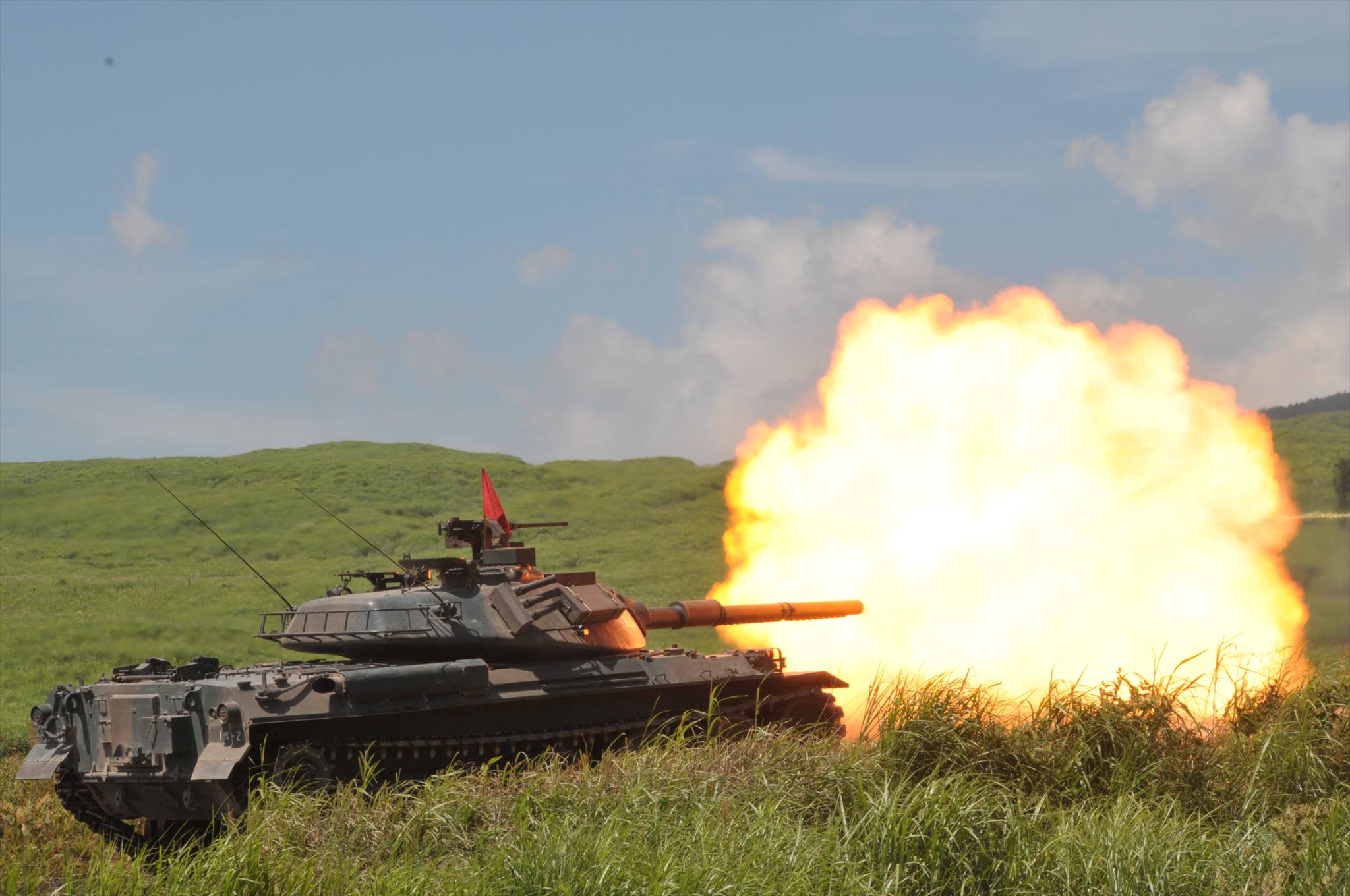 A Type 74 tank firing a round (photo: JGSDF)
A Type 74 tank firing a round (photo: JGSDF)
On the other hand, the 105mm rifle gun quickly became outgunned when other Western tanks shifted to the 120mm smoothbore guns. To address this concern, the Type 74 updated its ammunition to armor-piercing shells (APFSDS) and high-explosive anti-tank rounds (HEAT) that could demonstrate more penetration power.
Upon being outmatched by the other tanks, existing units went through some modification in an attempt to enhance capabilities. One such augmentation was the introduction of high-powered light projectors (basically huge flashlights) that could be switched between normal mode and infra-red.
The luminary light generated by this projector was so bright that it was possible to read a book 2km/1.24miles away during nighttime, and the infra-red mode was powerful enough to inflict burns against any person close by.
Additional equipments like laser rangefinders and digital fire control systems were also installed, but the tank was unable to transcend in a significant way.
Replaced By New MCVs
Still, more than 870 units were rolled out of the factory, making it the most produced Japanese tank in postwar history.
With the successor’s production being limited to 340 units, the Type 74 has survived till this day as JGSDF’s de-facto main battle tank, though the last vehicles are to be decommissioned in March, 2024.
The aforementioned Type 16 MCVs are replacing the aging Type 74s, reflecting the recent trend towards mobility rather than heavy armor. Tank battalions that once operated the Type 74s are now being reorganized to rapid deployment units, and the deployment of tanks are now limited to Hokkaido and Kyushu.
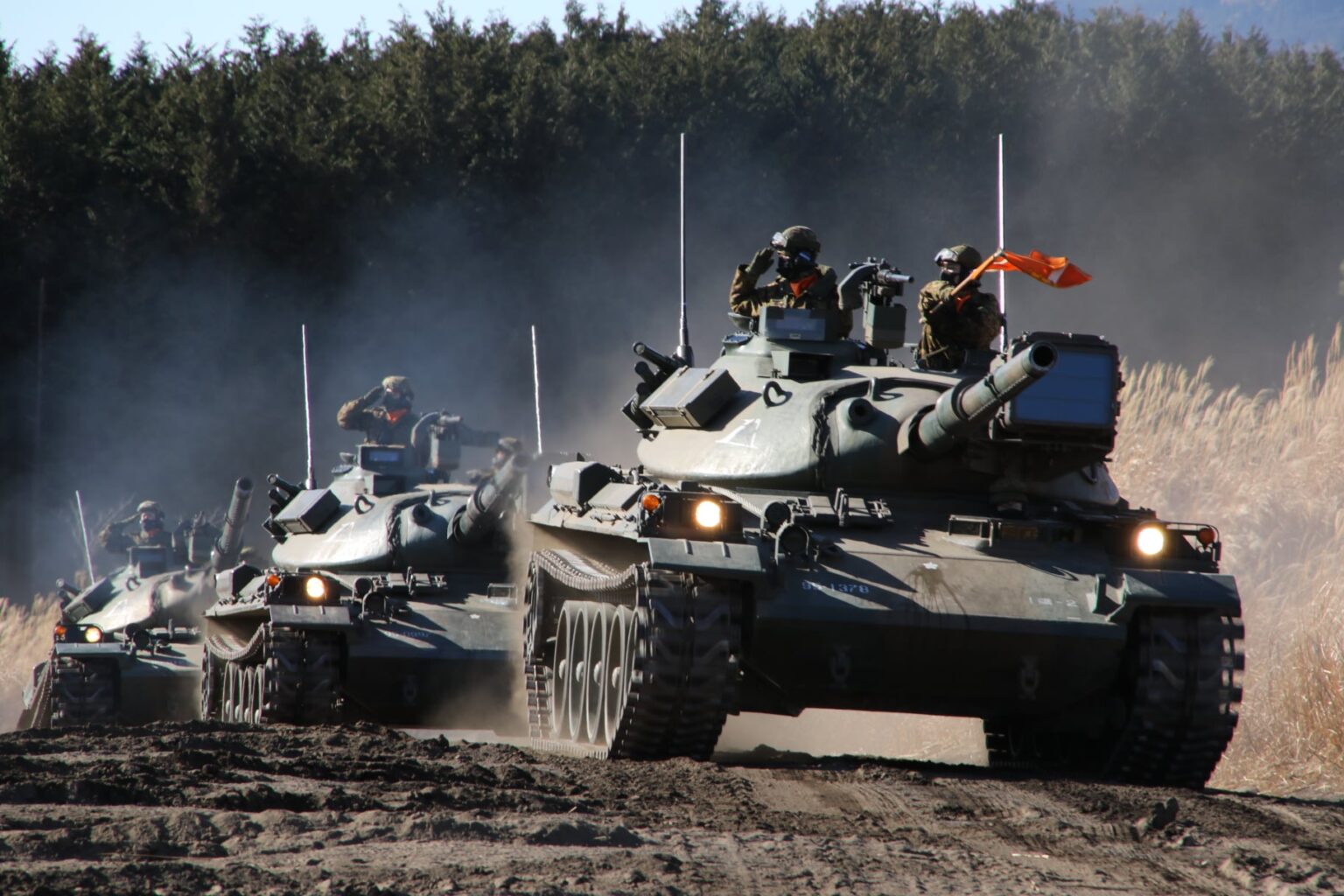 The tank served its role as deterrence (photo: JGSDF)
The tank served its role as deterrence (photo: JGSDF)
As such, all but the ones displayed at JGSDF camps for commemorative purposes will be scraped, though Japan has made a rare decision to store some units as reserve armor.
This unprecedented move comes after witnessing the gruesome war of attrition in Ukraine, where old armored vehicles are being pulled from warehouses by both sides.
But, despite the reputation of being outmatched and obsolete, the Type 74 fulfilled its primary purpose as a deterrent force. The fact that all 870 units were fortunate enough to never experience combat is a rare “victory” itself, especially with the recent turmoils seen across the world.


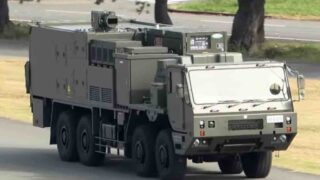
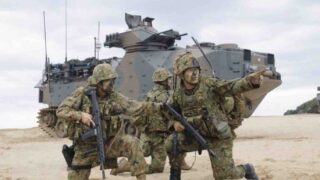
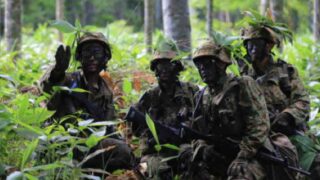
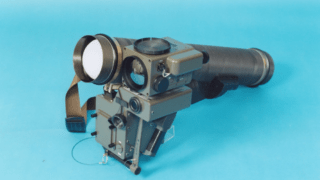
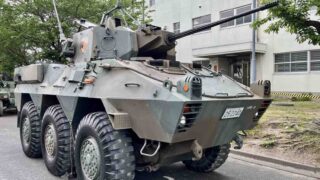
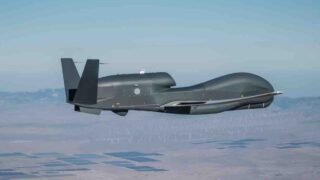
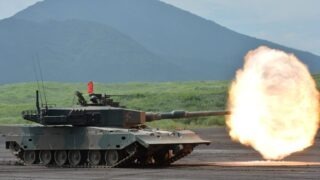
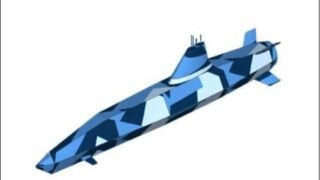
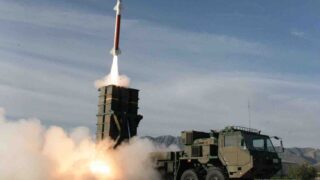
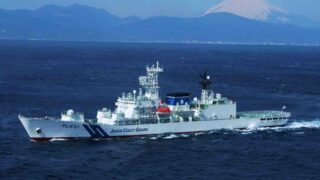
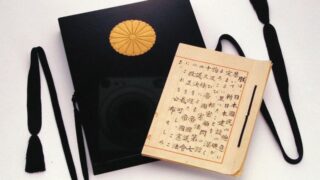
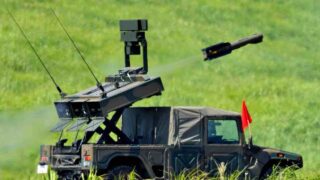
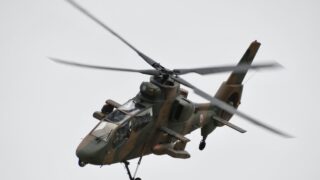

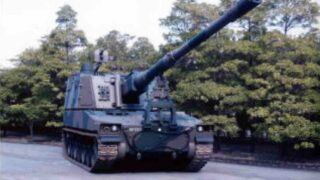
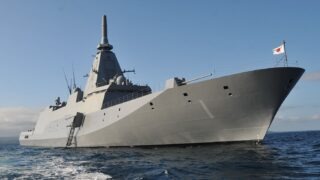
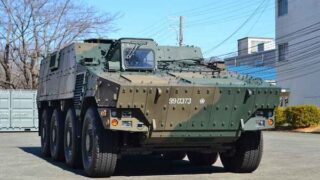
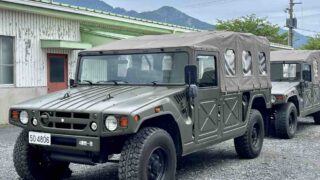

Comments